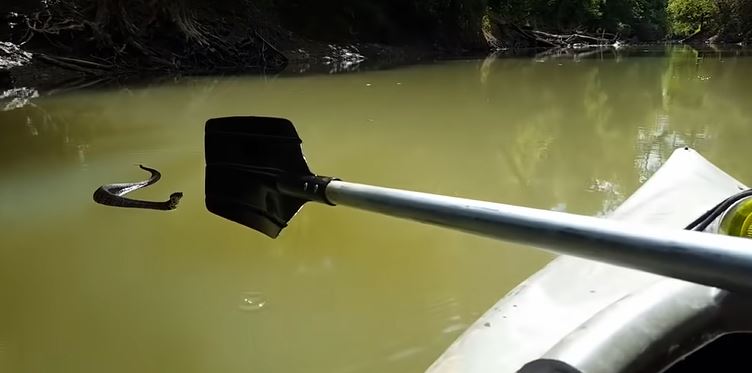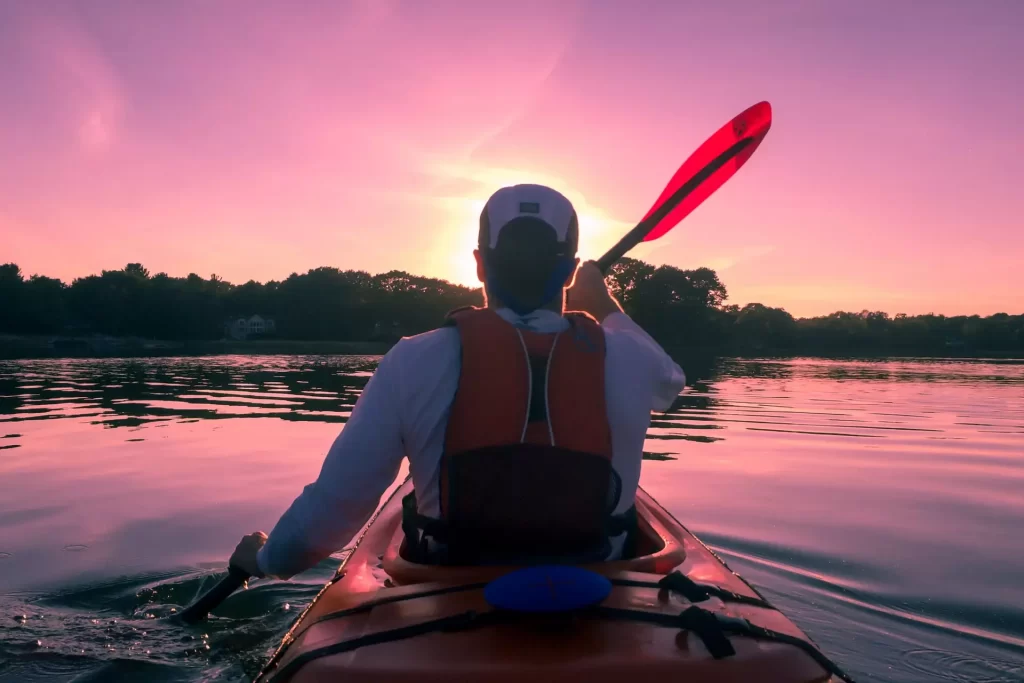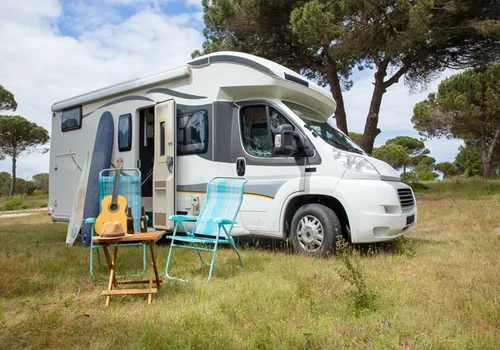Kayaking can be a relaxing and enjoyable activity, but encountering snakes while on the water can quickly turn it into a frightening experience. Not only can snakes pose a threat to your safety, but they can also be a danger to your pets.
Therefore, it’s important to take precautions to minimize the risk of encountering snakes while kayaking. In this article we will learn how to stay safe from snakes while kayaking and also learn how to identify poisonous and non poisonous snakes.
Table of Contents
Tips to stay safe from snakes while kayaking
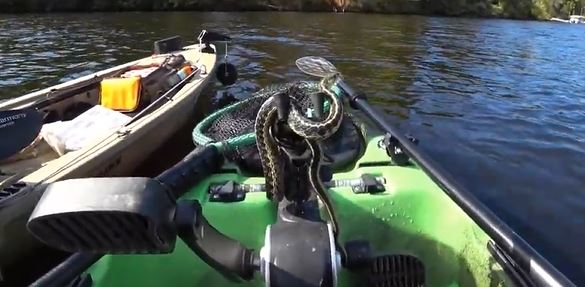
Be Aware of Your Surroundings
One of the most important things you can do to stay safe from snakes while kayaking is to be aware of your surroundings. Snakes are often found in or near water, so it’s important to keep an eye out for them.
If you see a snake, keep a safe distance and avoid approaching it. Most snakes are not aggressive and will only attack if they feel threatened, but it’s always best to err on the side of caution.
Avoid Areas with Known Snake Populations
If you know that a particular area is known to have a lot of snakes, it’s best to avoid it altogether. Check with local authorities or park rangers to find out about any known snake populations in the area you plan to kayak in.
Use a Snake Repellent
There are snake repellent sprays and granules available that can help deter snakes from coming near you or your pets. Be sure to follow the instructions carefully and use the repellent as directed.
Keep Your Pets on a Leash
If you’re kayaking with pets, it’s important to keep them on a leash and under control at all times. It is good practice to use kayak attachments for your pets during kayaking. This will not only prevent them from wandering off, but it will also keep them away from any potential snake encounters.
Wear Protective Clothing
Wearing long pants and closed-toe shoes can help protect you from snake bites. This is especially important if you’re kayaking in an area with a known snake population.
Learn About the Snakes in Your Area
Knowing what types of snakes are commonly found in your area can help you better prepare for potential encounters and take appropriate precautions. Research the types of snakes that live in the area you plan to kayak in, and learn how to identify them.
Different types of venomous and non-venomous snakes
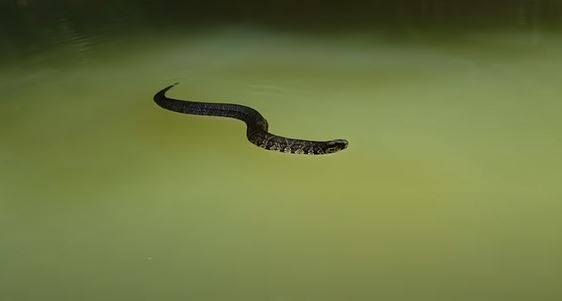
As a kayaker or adventurous minded people you should learn about different types of snakes for you, your friends and your pets safety. Here are some common examples of venomous and non-venomous snakes:
Venomous Snakes:
- Rattlesnakes: These snakes are found throughout the Americas and are known for the rattling sound they make with their tails as a warning sign. There are many different species of rattlesnakes, including the Eastern Diamondback, Western Diamondback, and Timber Rattlesnake.
- Copperheads: These snakes are found in North America and are known for their distinctive copper-colored heads. They are often found in wooded areas and near water.
- Cottonmouths: Also known as water moccasins, these snakes are found in the southeastern United States and are often found near water.
- Coral Snakes: These snakes are found in North and South America and are known for their bright color patterns. They are often found in wooded areas.
Non-venomous Snakes:
- Garter Snakes: These snakes are found throughout North America and are often found near water. They are harmless to humans.
- Corn Snakes: These snakes are found throughout North America and are often kept as pets. Corn snakes are not piosonous and are harmless to humans.
- King Snakes: These snakes are found throughout North America and are often kept as pets. They are not venomous and are known for their ability to eat other snakes.
- Rat Snakes: These snakes are found throughout North America and are often found near human habitats. These snakes are not poisonous and are harmless to humans.
It’s important to note that while some snakes may not be venomous, they can still bite and cause injury. Always treat all snakes with caution and respect, and avoid approaching or handling them if possible.
If you’re unsure about the type of snake you’ve encountered, it’s best to give it a wide berth and seek the assistance of a professional if necessary.
Do venomous snakes swim on the water?
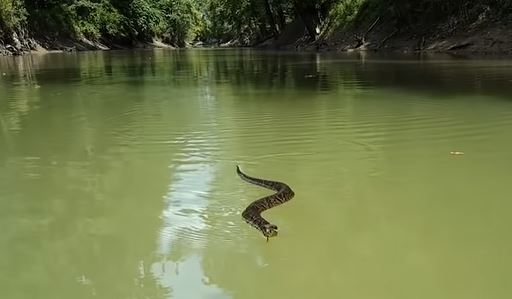
Yes, some venomous snakes are capable of swimming on the water. Snakes such as the cottonmouth (also known as the water moccasin) and the copperhead are semi-aquatic and are known to swim in freshwater bodies such as rivers, lakes, and streams.
The sea snake is another venomous snake that is adapted to living in the water and can swim in the ocean.
It’s important to be aware of the potential for encountering snakes while kayaking or participating in other water activities, especially in areas where venomous snakes are known to live.
Always take precautions to minimize the risk of encountering snakes, such as wearing protective clothing, avoiding areas with known snake populations, and keeping a safe distance if you do encounter a snake.
In conclusion, encountering snakes while kayaking can be a concern for both you and your pets. By being aware of your surroundings, avoiding areas with known snake populations, using a snake repellent, keeping your pets on a leash, wearing protective clothing, and learning about the snakes in your area, you can help ensure your safety while kayaking without causing harm to these important creatures. With these tips in mind, you can enjoy your kayaking experience while minimizing the risk of encountering snakes.
